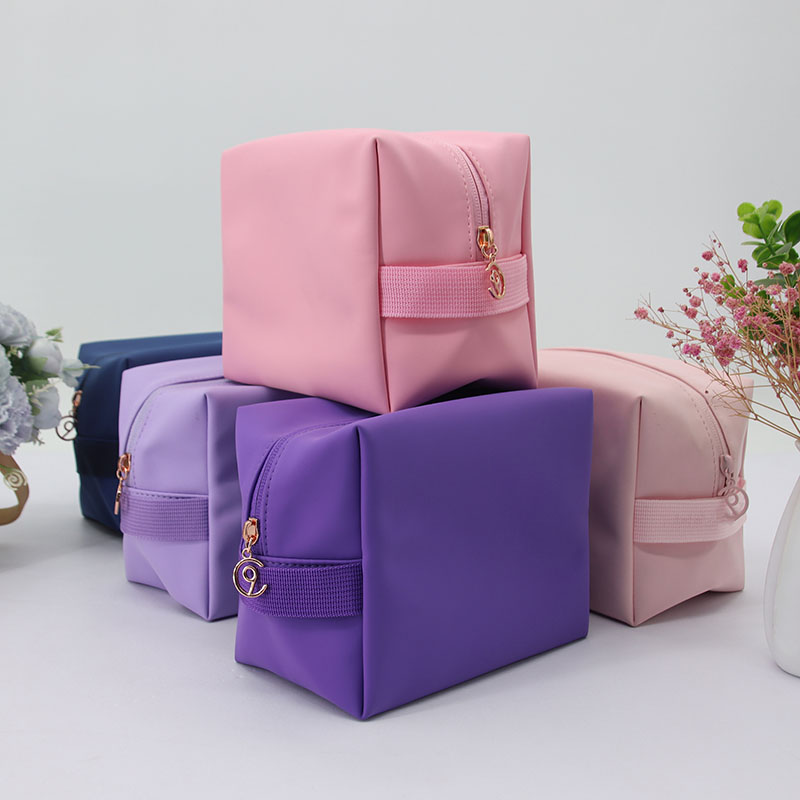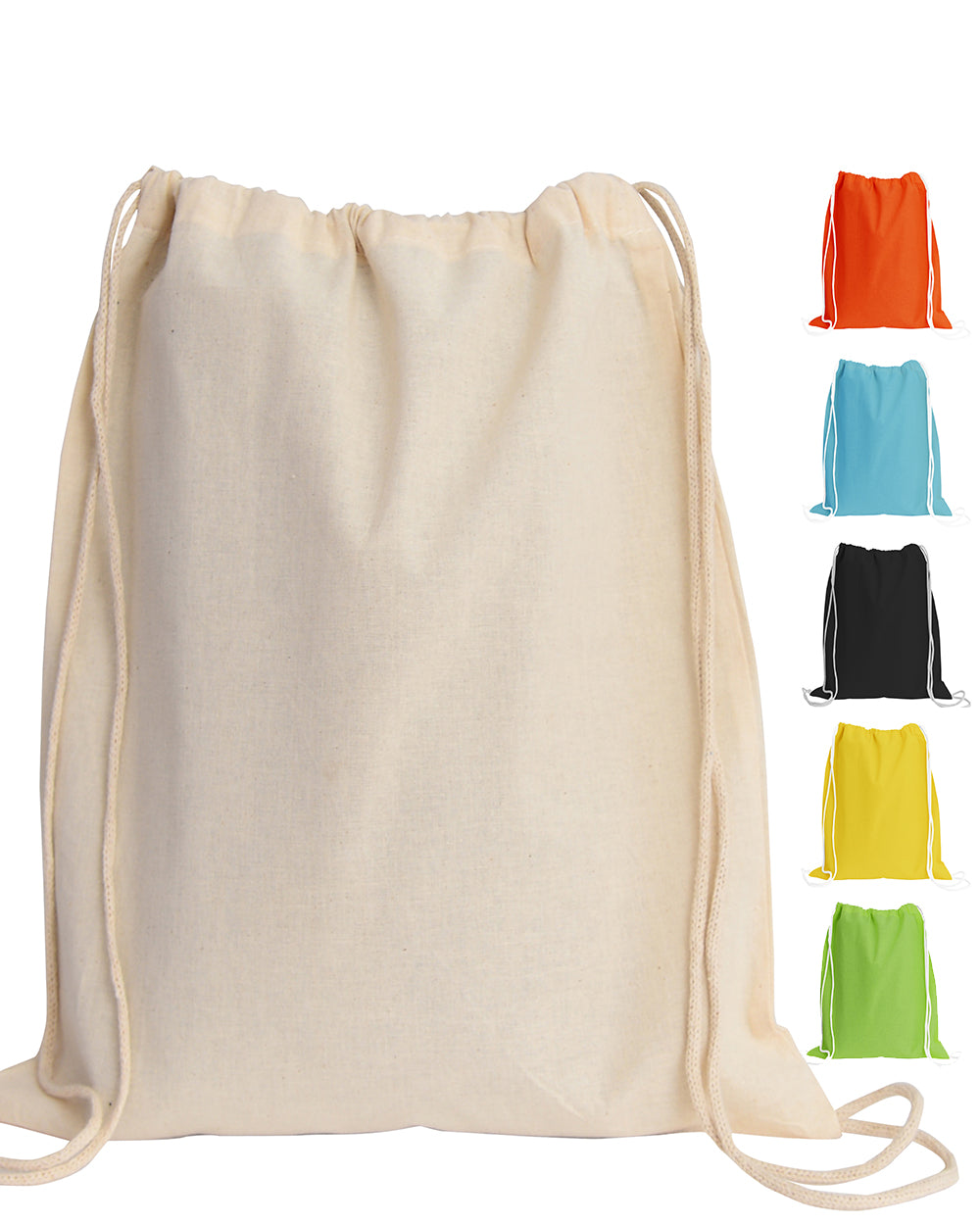Discover the top US-based eco-friendly leather bag brands championing sustainability through ethical sourcing, vegetable tanning, and durable craftsmanship.
Table of Contents
- What Defines an Eco-Friendly Leather Bag?
- Our Curated List of Top Sustainable Leather Brands
- Key Differences: Vegetable-Tanned vs. Chrome-Tanned Leather
- How to Care for Your Sustainable Leather Bag to Ensure Longevity
- Frequently Asked Questions About Ethical Leather
What Defines an Eco-Friendly Leather Bag?
When considering an “eco-friendly” leather bag, it is crucial to look beyond surface-level claims. True sustainability in the leather industry is a multifaceted concept that encompasses the entire lifecycle of a product, from raw material sourcing to final craftsmanship. The term does not simply refer to vegan alternatives but rather to genuine leather produced with minimal environmental impact and maximum ethical consideration. Key indicators of a genuinely sustainable leather product include the tanning process, the source of the hides, labor practices, and, most importantly, the product’s durability.
The primary distinction lies in the tanning method. Vegetable-tanned leather utilizes natural tannins from organic materials like tree bark and leaves, resulting in a biodegradable product with rich, unique patinas. This contrasts sharply with chrome tanning, which uses chromium salts that can be harmful to the environment if not managed properly. Furthermore, ethical brands often source their hides as a byproduct of the local meat industry, ensuring that no animal is raised solely for its skin. This practice minimizes waste and adds a layer of circularity to the production chain. A commitment to fair labor, transparent supply chains, and creating a product built to last for decades, not just a season, are the ultimate hallmarks of a truly eco-friendly leather manufacturer.
Our Curated List of Top Sustainable Leather Brands
The following manufacturers represent the pinnacle of sustainable and ethical practices within the United States. These companies are committed to creating beautiful, high-quality leather bags while prioritizing environmental stewardship and social responsibility. Each brand has been selected based on its transparency, material choices, labor ethics, and dedication to creating long-lasting products.
Parker Clay
Based in California, Parker Clay is a Certified B Corporation that has built its entire model around ethical production in Ethiopia. They are dedicated to empowering vulnerable women by providing them with stable jobs, skills training, and living wages. Their bags are crafted from premium, full-grain Ethiopian leather, sourced sustainably from local farmers as a byproduct. This direct relationship ensures quality control and a positive community impact. Parker Clay’s designs are both timeless and functional, creating pieces like the Miramar Backpack and the Eden Carryall that are built for a lifetime of use.
Nisolo
Nisolo is another standout B Corporation, based in Nashville, Tennessee, that is deeply committed to both environmental and social ethics. They are a Climate Neutral Certified brand, meaning they measure, offset, and reduce their carbon emissions. Nisolo guarantees a living wage in its factory in Peru and is radically transparent about its supply chain. Their leather goods are designed with a classic aesthetic, ensuring they remain stylish for years. They focus on creating high-quality, durable products to combat the wastefulness of fast fashion.
Able
Also headquartered in Nashville, Able is a lifestyle brand focused on ending generational poverty by providing economic opportunities for women. They are known for their extreme transparency, even publishing their lowest wages to hold themselves accountable. Able’s leather bags are made from full-grain leather that is a byproduct of the meat industry, ensuring minimal waste. Their designs are chic and modern, yet versatile enough for everyday use, making them a favorite among conscious consumers who value both style and substance.
Cuyana
Cuyana, a San Francisco-based brand, operates on the philosophy of “fewer, better things.” Their approach to sustainability is rooted in creating high-quality, timeless pieces that consumers will wear for years. They work with craftspeople around the world, using materials sourced with integrity, such as LWG (Leather Working Group) certified tanneries. The LWG certification signifies a commitment to responsible water and energy usage, as well as chemical management. Their minimalist totes and travel cases are iconic examples of functional luxury designed to last.
Beldtura Leather: Champions of Durability and Timeless Design
For Beldtura Leather, sustainability is synonymous with longevity. The core of their philosophy is a steadfast commitment to crafting leather goods from the highest quality full-grain leather, a material renowned for its durability and ability to develop a beautiful, rich patina over time. By focusing on creating products that last a lifetime—and can even be passed down as heirlooms—Beldtura directly counters the throwaway culture of modern consumerism. A bag that never needs replacing is the ultimate eco-friendly choice.
Their expert artisans employ meticulous construction techniques to create classic, timeless designs that transcend fleeting trends. From sophisticated briefcases to rugged duffel bags, each piece is an investment in quality. Beldtura’s use of ethically sourced, premium materials ensures that every bag is not only a functional accessory but also a testament to enduring craftsmanship. This focus on durability and timeless style makes Beldtura Leather a powerful example of how quality and sustainability are intrinsically linked.
WP Standard
WP Standard focuses on rugged, utilitarian designs inspired by vintage military and workwear. Their philosophy centers on creating over-engineered products that can withstand a lifetime of hard use. They primarily use full-grain, vegetable-tanned leather, which is known for its strength and environmentally friendly properties. By creating bags that get better with age, WP Standard encourages a buy-it-for-life mentality, which is a cornerstone of sustainable consumption.
Satchel & Page
Inspired by the founder’s grandfather’s map case from WWII, Satchel & Page crafts heirloom-quality bags using French and Italian vegetable-tanned leather. This traditional tanning process avoids harmful chemicals and results in a product that is both beautiful and biodegradable. The brand is transparent about its materials and construction methods, emphasizing details like solid brass hardware and UV-resistant marine-grade polyester thread to ensure maximum longevity.
Shinola
While known for their watches, Detroit-based Shinola also produces exceptional leather goods with a focus on American manufacturing and quality. They are committed to creating jobs in the US and building products that are meant to be passed down. Their leather is sourced from reputable tanneries, and their designs merge classic American style with modern functionality. Their dedication to domestic craftsmanship and durable materials places them firmly in the category of sustainable luxury.
Lotuff Leather
Operating out of Providence, Rhode Island, Lotuff Leather is dedicated to the art of American craftsmanship. Every piece is handmade in their studio by a team of skilled artisans. They use vegetable-tanned leather of the highest quality and stand behind their work with a lifetime guarantee. This commitment to quality and repairability ensures that a Lotuff bag is a one-time purchase, drastically reducing its long-term environmental footprint.
Frank Clegg
With over 50 years of experience, Frank Clegg is a family-owned company in Massachusetts that epitomizes American-made luxury and durability. They use their own signature vegetable-tanned leather that is both supple and incredibly strong. Each bag is handcrafted in their workshop and comes with a lifetime guarantee. The brand’s ethos is built on creating timeless pieces that reject the cyclical nature of fashion, making them an inherently sustainable choice.
Key Differences: Vegetable-Tanned vs. Chrome-Tanned Leather
Understanding the tanning process is fundamental to identifying an eco-friendly leather bag. The method used to convert raw hides into durable leather has significant implications for the environment and the final product’s quality. Here is a comparison of the two primary methods.
| Feature | Vegetable-Tanned Leather | Chrome-Tanned Leather |
|---|---|---|
| Tanning Agents | Natural tannins from plants (bark, leaves, wood) | Chromium salts (chromium sulfate) |
| Process Time | Up to 2 months; requires skilled artisans | As little as 1-3 days; largely automated |
| Environmental Impact | Biodegradable; uses renewable resources | Produces toxic wastewater if not properly treated |
| Final Product | Develops a unique patina; rich, natural scent | More uniform color; often has a chemical smell |
| Cost | Higher due to time and craftsmanship involved | Lower due to speed and mass production |
How to Care for Your Sustainable Leather Bag to Ensure Longevity
Investing in a high-quality, sustainable leather bag is the first step. The second is proper care to ensure it lasts for generations. Proper maintenance not only keeps your bag looking its best but also preserves the integrity of the leather, preventing cracking and damage. Following a few simple routines can dramatically extend the life of your purchase.
First, keep your bag clean by wiping it down with a soft, dry cloth weekly. For minor scuffs or dirt, use a slightly damp cloth, avoiding harsh soaps or chemicals. Secondly, condition the leather every 6-12 months using a high-quality leather conditioner. This replenishes the natural oils in the hide, keeping it supple and preventing it from drying out. Test any conditioner on a small, inconspicuous area first. Finally, store your bag properly. When not in use, stuff it with paper to help it maintain its shape and store it in a breathable dust bag away from direct sunlight and humidity.
Frequently Asked Questions About Ethical Leather
Navigating the world of sustainable goods can bring up many questions. Here are answers to some of the most common inquiries regarding eco-friendly and ethical leather.
Is “vegan leather” more eco-friendly?
Not necessarily. While “vegan leather” avoids using animal hides, many common alternatives are made from petroleum-based plastics like polyurethane (PU) or polyvinyl chloride (PVC). The production and disposal of these materials have a significant environmental cost, and they do not biodegrade. Plant-based alternatives are emerging, but high-quality, ethically produced real leather that lasts a lifetime can often be a more sustainable choice than a plastic-based bag that will end up in a landfill after a few years.
How can I verify a brand’s sustainability claims?
Look for third-party certifications and transparency. Certifications like B Corporation (B Corp) status indicate a company meets high standards of social and environmental performance. The Leather Working Group (LWG) provides audits and certifications for tanneries based on their environmental practices. A truly transparent brand will also be open about its supply chain, labor practices, and the origin of its materials.
Why are ethically made leather bags often more expensive?
The higher price point of ethically made leather bags reflects the true cost of responsible production. This includes paying artisans a fair, living wage, using premium and durable materials like full-grain leather, employing slower and more resource-intensive processes like vegetable tanning, and investing in environmentally sound practices. The price reflects an investment in a product designed for longevity, quality craftsmanship, and ethical integrity.


